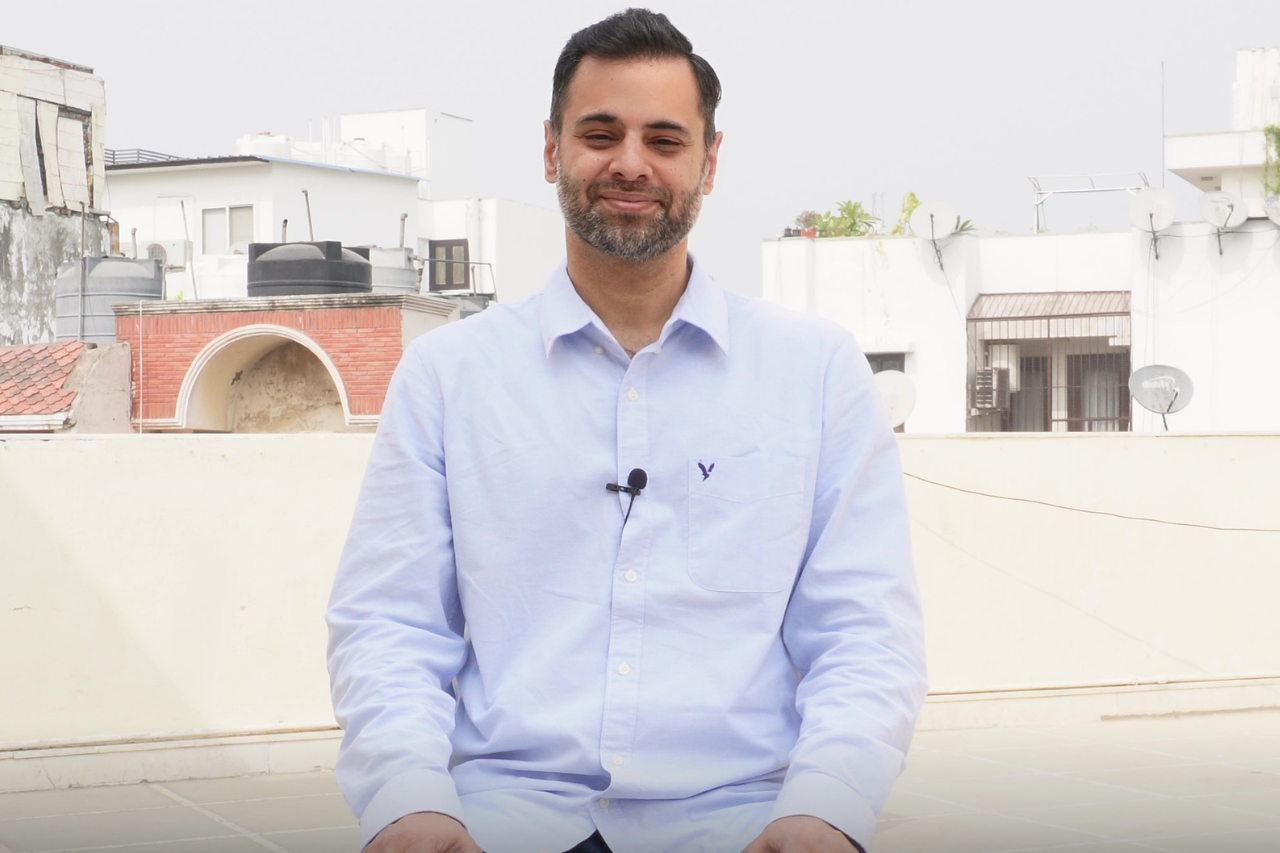Q. How do we balance the popping up of creative ideas with the indifference needed in meditation? I am a story writer & tend to hold on to story ideas that pop up when I am sitting idle or in meditation.
A. Nothing is needed in meditation. Meditation is not an activity to achieve an outcome. When we sit for meditation, we simply allow whatever arises in consciousness. Trying to hold on to an outcome, like an expectation of indifference, is not meditation.
Indifference is a fear-based reaction of the mind. Someone has to be there to be indifferent to something. And meditation is not about gaining anything but losing that which is irrelevant. Meditation is about freedom. Allowing things to simply “be.” It’s not about mind control.
We’re not in meditation when we sit with our eyes closed. We’re not in meditation when we see thoughts appearing in awareness. We’re in meditation when the meditator disappears, and all that remains is the presence or empty awareness.
Although you didn’t specify what you mean by indifference, I assume, from the context, that it is indifference towards the thinking mind. What you refer to as indifference, I call witnessing. There’s a difference between observation and witnessing.
When observing thoughts, there’s an observer or sense of personal self that identifies with a particular set of thoughts and condemns the others. The observer continuously labels, judges, and sometimes even reacts to thoughts.
“I like this,” “I don’t like that,” “I should not be thinking all this,” “meditation is useless,” “why am I wasting my time sitting here with eyes closed when I can be productive and write something.” The observer clearly distinguishes between what’s desirable and what’s not.
However, witnessing is impersonal. When witnessing happens, there’s no individual analyzing the contents of the mind. The ego or the personal self drops the resistance, realizing that it’s not the creator of thoughts. It watches ceaselessly without labeling, judging, or reacting to anything.
Therefore, the indifference you’re talking about is not a state that the mind can forcefully sustain. However, in your particular case, the creativity wants to unleash.
So why offer resistance? Watch it all. Let the mind exhaust. It’s a sign that your creative center is awakening. The story ideas come to you because the creative energy tries to express itself. After meditation, write those ideas on paper and contemplate them.
That’s not the problematic thinking mind but the working mind in action. The meditation creates a space for these ideas to appear from the vast depths of the mind.
I have gone through this phase myself. Allow these ideas to emerge and channel them through a medium like books, podcasts, or whatever you prefer.
However, if there’s an apprehension about how others will perceive the ideas, that’s the thinking mind in action. Again, it’s not undesirable or desirable. It simply is “what is.”
Most people feel sleepy in meditation (which is expected in the early stages as the mind’s conscious surface begins to calm), but your mind seems to be activated. And that’s okay.
Let that creative energy flow. Don’t worry about how the meditation is progressing. The idea of meditation is not to become a good meditator.
If you become a good meditator and convince yourself that you’re in peace, the ego will find a backdoor entry, which can be devasting. Peace will happen.
Since you’re a story writer, I’ll tell you a short story about a Zen master and one of his students who was struggling with overwhelming thoughts in meditation.
Once a Zen practitioner got disillusioned with his meditation practice. He approached his Master in frustration and complained, “Master, I have failed! I can’t do it anymore!”
Hearing his words, the Master asked, “What happened? Why are you so upset?”. The student replied, “No matter what, I can’t get rid of the negative thoughts. The moment I close my eyes, my mind becomes extremely restless, and no matter how hard I try – I can’t calm myself.”
The Master understood the problem and suggested a slight modification to the method of meditation. He asked the student to collect a bowl and some white and black colored pebbles and place them side by side.
He told the student that every time an afflicting thought comes to his mind, he should put a black pebble in the bowl, and whenever a positive one comes, he should put the white pebble in the bowl.
And after completing the meditation, he should check the bowl to see how many black and white pebbles remain.
For a few months, the bowl remained full of black-colored pebbles. But as time progressed, the bowl started filling with some white-colored pebbles. As some more time passed, the bowl started filling with equal quantities of black and white pebbles.
Finally, after a few years, the bowl had all the white pebbles and just a few black ones. At this stage, the student fully understood the nature of his mind.
Trying to control the mind to achieve a desired outcome or state is futile. It’s because the mind, by nature, wants to cling to what it perceives as desirable.
As one enters the deep states, both the white and black pebbles become irrelevant cause there’s no one meditating. Only the ever radiant presence remains. And in that presence, everything is accepted.
I hope I understood your question correctly and that this answer is helpful. Take care.

